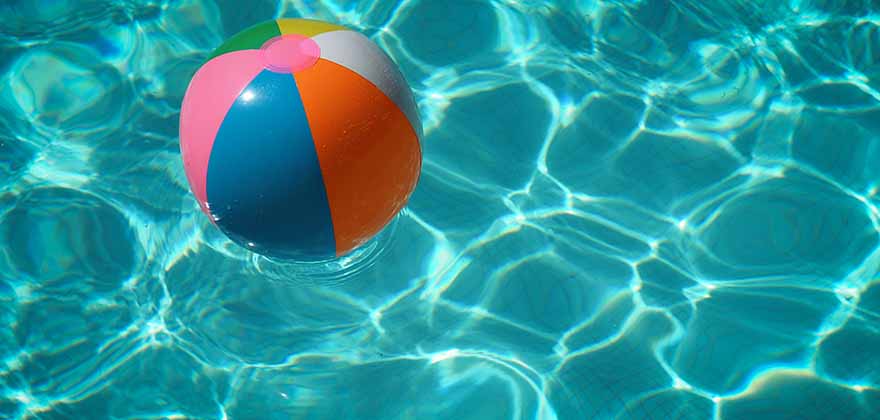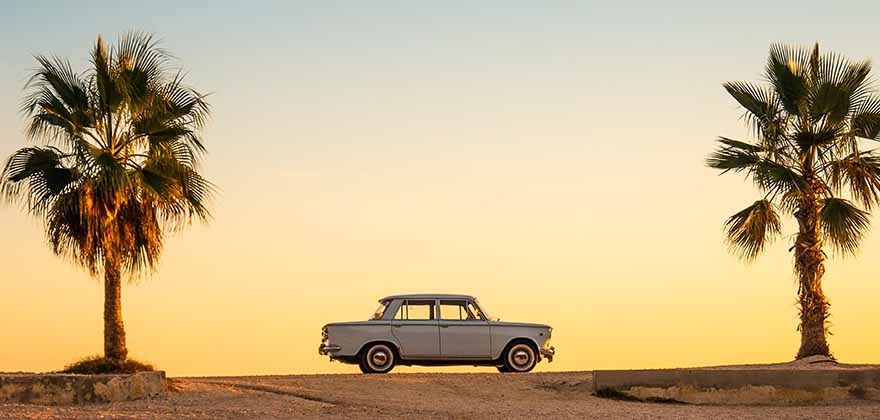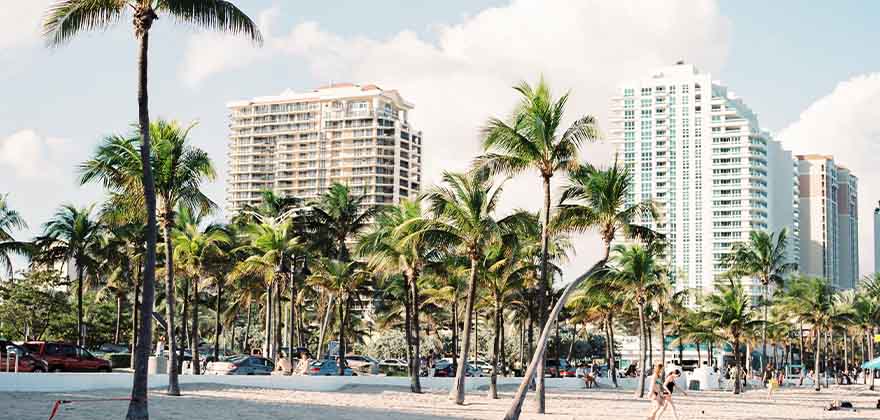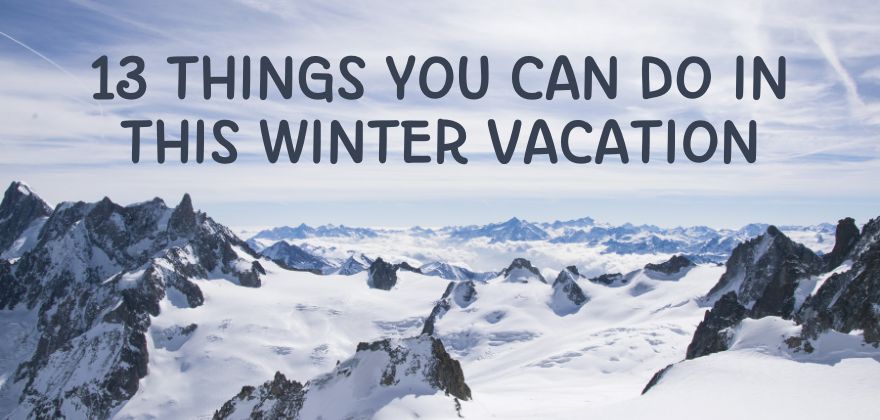What Are Cooler Places To Visit In Summer?

With pleasant temperatures between 18 and 20°C, the northernmost part of the UK remains fresh and cool during the summer season. Here, we list some great places all over the world that are cooler than others to visit in summer.
Scotland
This is a great place to spend your summer holiday, especially if you’re one of the people who, for one reason or another, hardly tolerates heat.
Also, you’ll enjoy a number of amazing palaces and metropolises with beautiful architecture.
Covered with lush verdure and wild flowers, the northernmost state of the United States is veritably beautiful during the summer months when its nature indicates.
In July and August the average day temperatures are generally about 17 – 19°C in Anchorage and indeed lower in the north, so that the summer coolness is nearly 100% guaranteed.
Redwood National Park
Influenced by the Pacific, the magnificent coniferous littoral timbers of Redwood National Park in Northern California offer a number of shady trails in combination with amping weather conditions suitable for long walks indeed in midsummer.
The average day temperature in July and August is generally about 16 – 17°C, in rare cases up to about 20°C.
Ireland
Traveling through the dazzling green landscapes of Ireland is a great way to escape from the hot summer days in the south.
In July and August the Emerald Island enjoys affable spring-suchlike temperatures of around 19 – 20°C.
And one further thing – if you’re going for a walk don’t miss to take a marquee or at least a raincoat.
Keep in mind that the weather then’s really unpredictable and sudden rains aren’t uncommon.
Finnish Lakeland
Still, you can’t go wrong choosing Finland, if you conjure to escape the hot and fine urban environment.
This Nordic country is proud of its thousands of lakes, offering clear, cool and fresh air with affable temperatures substantially between 17 and 23°C during the hottest months of the year.
Alps
The saw-toothed mountain range located in the heart of Europe isn’t only a seductive ski center.
The summer months then will enchant you with their beauty and newness.
The mounts offer green mountain meadows, graphic townlets, ambrosial pine timber and pleasurable affable temperatures of around or slightly above 20°C.
Indeed in places similar to the Swiss city of Lucerne, which is located in the foothills of the Alps, temperatures infrequently exceed the barrier of 25°C.

Bulgarian Mountains
The Rhodopes, Rila, Pirin and Stara Planina are among Europe’s most beautiful mountains, and they offer a feeling of joyful coolness in the heat of summer.
What could be more affable than to enjoy medieval cloisters put away among old coniferous timbers while the temperature outdoors is over to about 20 – 24°C.
Denmark
The puck tale country of Hans Christian Andersen is a paradise for people who love spring-like and stimulating weather.
With an average daytime temperature of about 20 – 21°C in July and August, the weather in Denmark is warm enough to spend a lot of time outside and still fresh enough to be comfortable.
Mount Rainier National Park
During the summer months Washington is one of the coldest states in the United States.
Famous for some of the most beautiful coniferous forests in the world, Mount Rainier National Park is located at the heart of this emerald green land.
In August, the warmest month of the time, the average day temperature slightly reaches 17°C.
Still, this place will make you fall in love with it, if you’re a nut of natural beauty and hate hot weather.
Norway’s Fjordland
During the period of unsupportable summer heat the cove seacoast of Norway seems like an oasis in a desert.
The average day temperature is generally between 15 and 20°C, and everything reminds of a nice spring day.
The geography is dominated by deep green nuances, and the Atlantic brings the indelible scent of ocean air and fresh breeze.
Glacier National Park
The name kind of gives it away, right? Not only is this Montana destination way up north( it borders a family park in Canada) and way over in the Rocky Mountains, but it’s notorious for having further than two dozen icy glaciers. It also has some 200 waterfalls and 700 lakes, though frigid water temperatures make swimming an adventure only for the stalwart.
The famed Going-to-the-Sun Road offers stunning scenic views, but is only completely open from late June( occasionally early July) through September. That’s because it takes the utmost of April, May, and June for snowplows to clear off the drifts that can reach 80 feet in depth.However, this is your place, if you ’re looking to go snow skiing in summer.
Mackinac Island
Located in the Great Lakes between the upper and lower Michigan points, Mackinac Island is a cool place to visit for multiple reasons. Since buses are banned on the island – only steed-drawn carriages are allowed – a trip to Mackinac is like a trip back in time. The entire island is a National Historic Landmark, and several structures have their own separate Landmark designations. One similar structure, the 127-year-old Grand Hotel, has hosted everyone from Thomas Edison to Vladimir Putin.
Summer highlights on the island include windjammer races, a 10-day lilac festival, and an periodic stone-skipping event. But the real highlight for us is the weather. The average high temperature for June through September is a perfect 72 degrees.
Wisconsin Dells
Want to cool off at a waterpark? Wisconsin Dells is the place to go.
Billed as the “ waterpark capital of the world, ” this community of just a few thousand residents somehow hosts 30 waterparks. They include the largest outdoor waterpark in the country, Noah’s Ark, and the alternate-largest inner waterpark at the Kalahari Resort.( Strangely enough, the city also has the world’s largest Trojan steed and the largest pink flamingo.)
Besides water parks, Wisconsin Dells offers boat tenures and settlements of different kinds, including amphibious “ Duck ” exchanges. These allow you to see the namesake Dells of the Wisconsin River, which feature cliffs and unusual rock conformations rising as high as 100 feet above the waterline.



